1776 To 1976 Half Dollar Value: How Much Is It Worth Today?
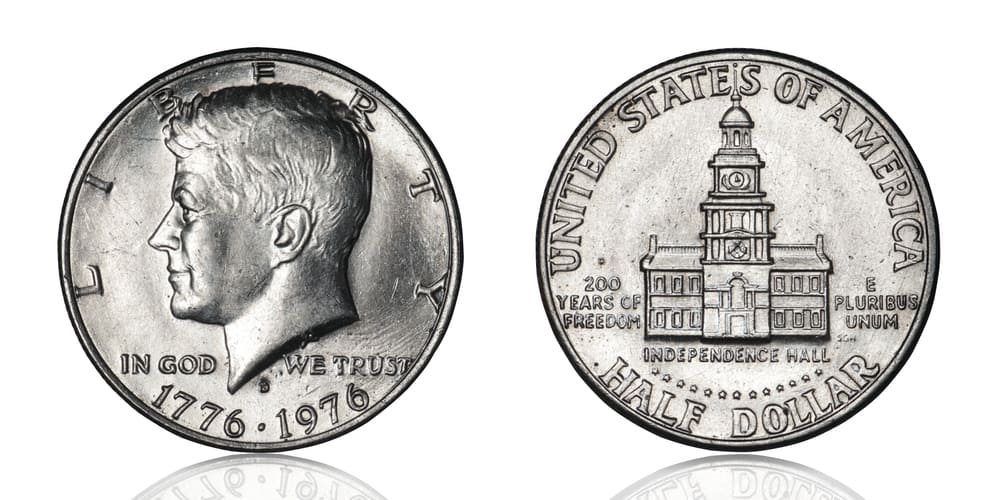
1776 to 1976 half dollar value is of great interest to collectors. After all, it’s one of the few coin types out there that has two dates indicated on it.
Fortunately, we can tell you all about this topic in this post. To sweeten the pot, we’re also going to talk about this coin’s history, errors, and varieties.
1776 to 1976 Half Dollar Value Chart |
|||||
| Type | XF45 | MS60 | MS65 | MS67+ | PR65 |
| 1776 to 1976 Clad No Mint Mark Half Dollar (P) Value | $2 | $3 | $65 | $3,150 | _ |
| 1776 to 1976 Clad D Half Dollar Value | $2 | $6 | $30 | $2,600 | _ |
| 1776 to 1976 Clad S Half Dollar Value | _ | _ | _ | _ | $6 |
| 1776 to 1976 Silver S Half Dollar Value | $7 | $8 | $22 | $65 | $15 |
1776 to 1976 Clad No Mint Mark Half Dollar (P) Value
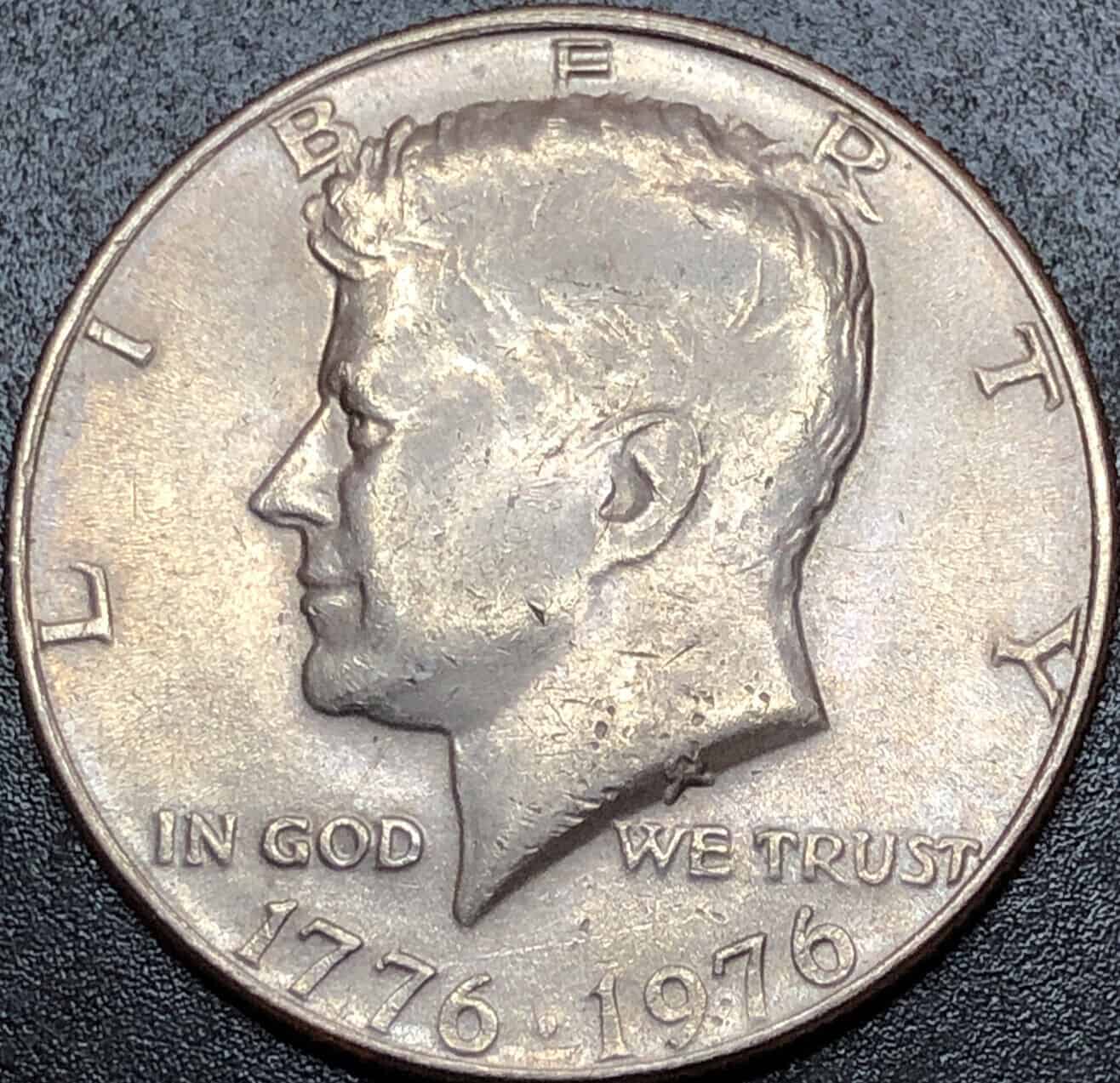
1776 to 1976 half dollars are part of the Kennedy half dollar series. This series was first minted in 1964 and is still being minted today. It succeeded the Franklin silver half dollars that were minted from 1948 to 1963.
The 1776 to 1976 version was minted in 1975 and 1976. It bears two dates to commemorate the US Bicentennial celebration.
The Kennedy half dollar series got its name from the fact that J.F Kennedy’s image is on its obverse design. This design is the work of Gilroy Roberts, the mint’s chief engraver from 1948 to 1964.
It has a left-facing profile of Kennedy’s head with the word “LIBERTY” written along the top and side rims from the left to the right side.
The words “IN GOD” are written on his neck’s lower left side and the words “WE TRUST” on its lower right side, just under the neck’s cut-off. These two groups of words are horizontally in line with each other. Below these words, along the coin’s lower rim, there’s a date.
For 1776 to 1976 half dollars, the date 1776 appears on the left under the “IN GOD” inscription and 1976 on the right, under the “WE TRUST” engraving. A dot separates these two dates.
In coins minted in San Francisco and Denver, there’s a mint mark above this dot. Coins from the former have an S mint mark while those from the latter have a D mark.
1776 to 1976 half dollars’ reverse design is also different from that of the other Kennedy half dollars. The latter is the work of engraver Frank Gasparro and features a presidential coat of arms at its center.
However, the 1776 to 1976 half dollar’s reverse design is the work of Seth G. Huntington. It’s way simpler and features Independence Hall’s image at its center. Below it, the words “INDEPENDENCE HALL” are written.
“200 YEARS OF FREEDOM” is engraved on the hall’s left side and “E PLURIBUS UNUM” is written on its right side. Below the latter, the designer’s initials, SGH, are engraved. Two legends also appear along the coin’s rim.
The top one says “UNITED STATES OF AMERICA” while the bottom one says “HALF DOLLAR”. A line of stars appears above the latter.
Apart from similar reverse and obverse designs, 1776 to 1976 half dollars also have the same shape and size. They are round coins with a 31 mm diameter, 2.15 mm thickness, and reeded edge.
The Philadelphia mint produced a little over 234 million of these coins, none of which had a mint mark. Because of this high mintage, these regular-strike coins are still readily available today.
Experts estimate that over 58 million still exist across all grades and almost 2 million of these have a grade of MS65 or better. As such, circulated samples are cheap; some are even a mere $1.
Even mint state samples can only sell for over $100 if they have a grade of at least MS66. You can only get thousands for a piece that’s MS67 or higher.
1776 to 1976 Clad D Half Dollar Value
The Denver mint produced a little over 287.5 million 1776 to 1976 half dollars. Like their Philadelphia counterparts, these were all regular-strike coins. They also have the same composition as them; 91.67% copper and 8.33% nickel.
This was achieved by cladding a copper core with a layer of 75% copper and 25% nickel, creating a coin with a mass of 11.3 grams. This is how Kennedy half dollars meant for circulation have been made since 1971. Before that, they had some silver in them.
For instance, the Kennedy half dollars minted from 1965 to 1970 had a core with 21% silver and 79% copper and an outer layer with 80% silver and 20% copper. This creates a cumulative composition of 60% copper and 40% silver and a mass of 11.5 grams.
On the other hand, the Kennedy half dollars minted in 1964 had 90% silver and 10% copper. These weighed 12.5 grams.
However, the absence of silver in modern Kennedy half dollars doesn’t make them less valuable. After all, mintage has a higher effect on rarity and value. As such, 1776 to 1976 half dollars continue to be readily available today because of their high mintage.
Experts even estimate that over 57 million 1776 to 1976 D half dollars still exist today. Over one million of these have a grade of MS65 or higher. It’s therefore not surprising that you can get a circulated sample for less than $6.
MS66 and MS67 samples go for around $65 and $1,150 per piece.
1776 to 1976 Clad S Half Dollar Value
The San Francisco mint produced a little over 7 million clad 1776 to 1976 half dollars. These coins have the same composition as the ones minted in the Philadelphia and Denver facilities.
The major difference between these three is that the San Francisco coins were all proofs.
As such, they had a glossy finish. Also, each had an S mint mark. However, these features haven’t made them rare and in demand.
Instead, because of their high mintage, many of these coins still exist today in Cameo and Deep Cameo grades. This makes them cheaper than many other proofs. A PR65 sample can cost you as little as $6 while a PR69 only sells for $18.
These coins are usually found in Bicentennial proof sets that are sold to collectors. But like other proof half dollars, these can also be sold in rolls and bags.
Keep in mind that proofs sold in rolls/bags tend to be in worse condition than those sold in sets. It’s therefore not surprising that from 2005 to 2010, the mint decided to make it easy to distinguish between coins sold in sets and those sold in rolls.
The former was given a matte finish while the latter remained with the usual glossy finish. Whatever the case, all the proof half dollars produced during this time came from the San Francisco mint.
This started in 1968 and has continued to date. Another thing to note is that the first proof Kennedy half dollars were struck in early 1964. It’s estimated that the first 100,000 coins depicted Kennedy with heavily accented hair.
Interestingly, after producing these proofs, the mint didn’t produce others until 1968. Instead, it appeased collectors by producing special mint sets in 1966. However, the mint has religiously produced proof half dollars since 1968.
It has also ensured that it always creates proofs from the same material used for the regular-strike coins. Keep in mind that some of the proofs have some rare varieties. Even the 1776 to 1976 Clad S half dollar has one; this has a Double Die Reverse (DDR) error.
This exhibits a doubling on the engravings “E PLURIBUS UNUM” and “SGH”. When this variety comes with a grade of PR67, it can sell for around $1,100. When such a coin has a Cameo or Deep Cameo finish, its price can be even higher.
1776 to 1976 Silver S Half Dollar Value
While the mint stopped producing silver Kennedy half dollars for circulation, it still produces some special silver coins for collectors. For instance, it has been producing proofs with 99.9% silver since 2019.
Before that, it produced proofs with 90% silver from 1992 to 2018. It also produced special half dollars with 40% silver in 1976. These had the same designs as the rest of the Bicentennial half dollars and were minted in the San Francisco facility.
As such, each had the usual S mint mark. More importantly, 11 million of them were regular-strike coins and 4 million were proofs. These coins are still available today; the former is popularly sold in mint sets and the latter can be found in silver proof sets.
However, both coin types are usually cheap. You can get an MS60 for a mere $8. This value only goes up to above $100 at MS68. MS68+ and MS69 samples cost the most. The former can sell for $1,300 while the latter can go for $25,000.
On the other hand, a PR65 silver proof sells for around $15. Remember, these proofs are commonly sold in silver sets of 3 together with the Bicentennial quarter and dollar.
Another thing you should know about the 1776 to 1976 silver half dollars is that their regular-strike coins have a variety with a Double Die Obverse (DDO) error. This variety usually shows some doubling on the words “WE TRUST”.
But this can be difficult to see because of the coin’s texture. Most times, you will need to use a magnification glass to see it. Its value is worth the hassle though; an MS60 sample sells for around $55 while an MS68 goes for $800.
Silver is not the only material that the mint uses to make special coins though; it has used gold before as well. In 2014, it made Kennedy half dollars with 99.9% gold to commemorate 50 years after the launch of these coins.
These special gold coins were minted at the West Point facility and were released on August 5th. 2014. They bore two dates: 1964 and 2014. That year, the mint produced 6 other special coins. Two were copper clad while four were made of silver.
The former coins were made at the Denver and Philadelphia mints. The latter were made at the Denver, Philadelphia, and San Francisco mints. Whatever the case, all the coins had a noticeably higher relief than the usual Kennedy half dollars.
1776 to 1976 Half Dollar Grading
To effectively grade 1776 to 1976 half dollars, you will need to send them to professional agencies like NGC and PCGS. However, it’s best to only pick the coins in pristine condition to send. This reduces the risk of spending money you won’t get back in profit.
Rare 1776 to 1976 Half Dollar Error Lists
1776 to 1976 Half Dollar 1st Strike Full Brockage
A brokerage error is evidenced by a mirror image version of a design. It commonly occurs when a struck coin gets struck on the reverse die, forming a die cap that then proceeds to strike another coin.
As such, it produces a coin with a normal obverse but a reverse that has a faded mirror image of the obverse design. When the image covers the whole reverse side, the error is known as a full brokerage.
When the resulting coin was the first to be struck by the die cap, the error is referred to as a 1st strike brockage. A PCGS MS64 1776 to 1976 D half dollar with a 1st strike full brockage error can sell for over $4,400.
1776 to 1976 Half Dollar Lamination Error
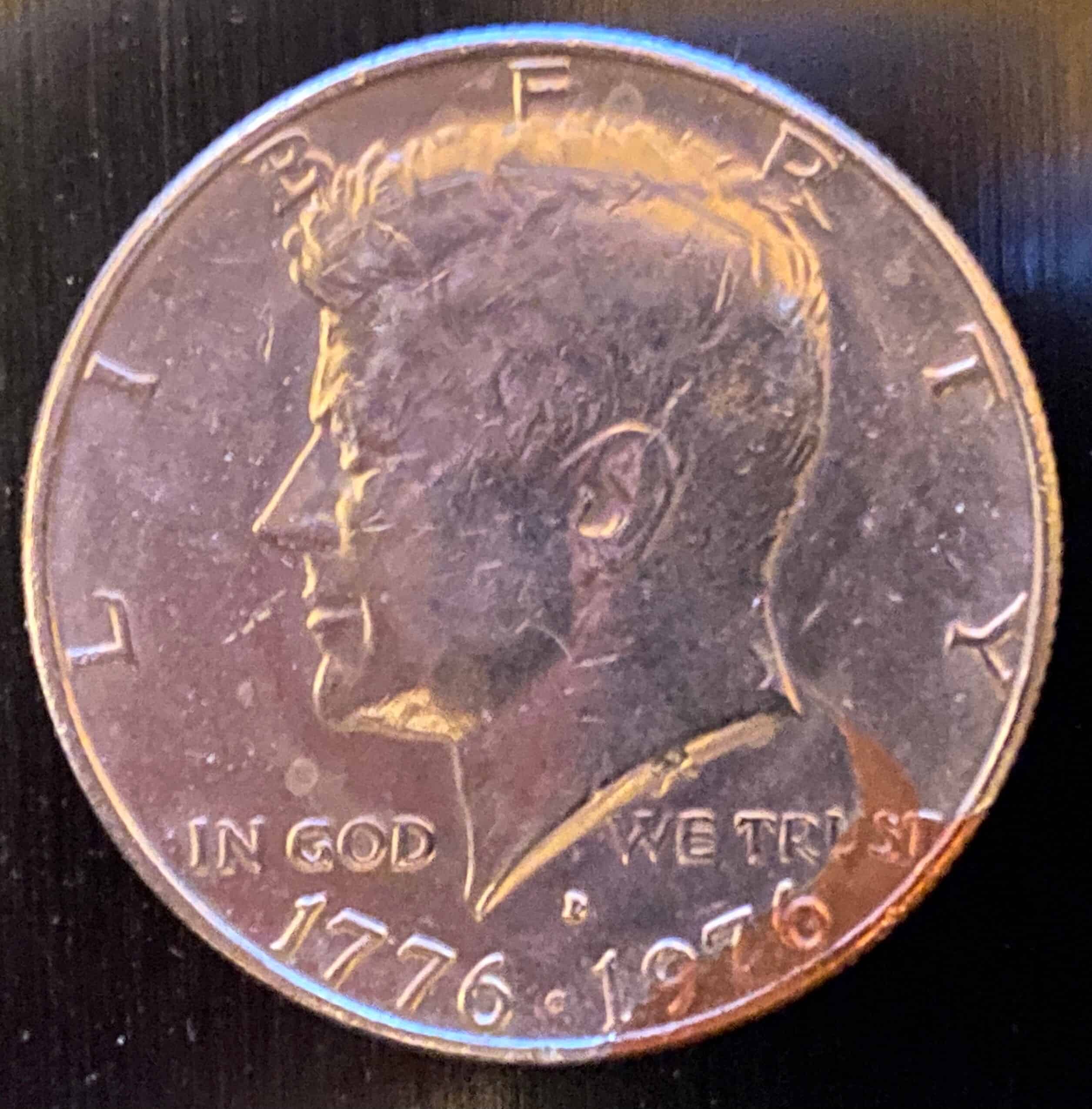
A lamination error makes a coin’s outer surface crack or peel off. It can be caused by contamination of the planchet alloy. An NGC PF64 Cameo 1776 to 1976 S silver half dollar with this error on its reverse side can sell for over $490.
1776 to 1976 Half Dollar FAQ
What makes a 1776-1976 half dollar rare?
Rare 1776 to 1976 half dollars usually have some errors or belong to a scarce variety.
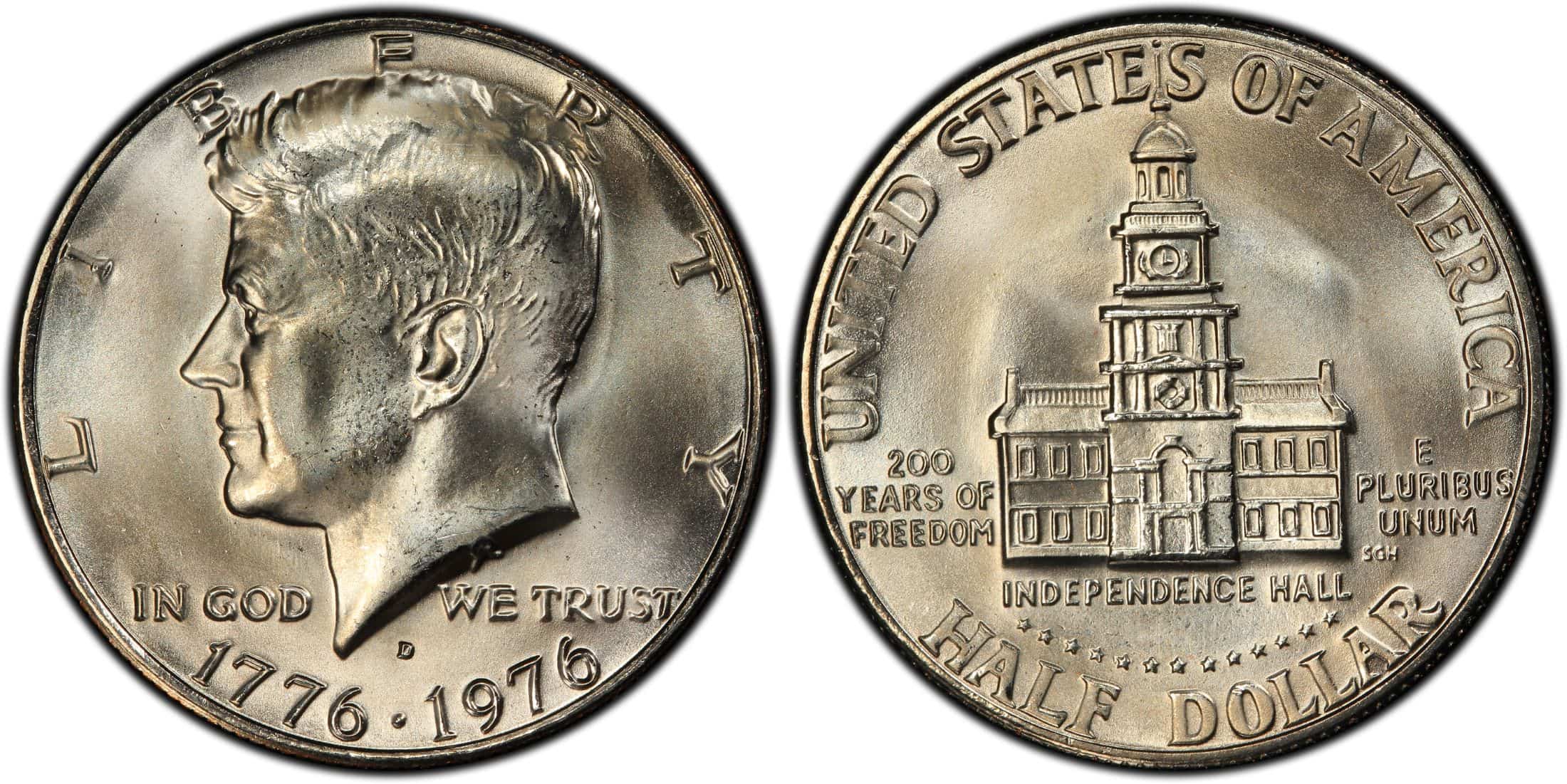
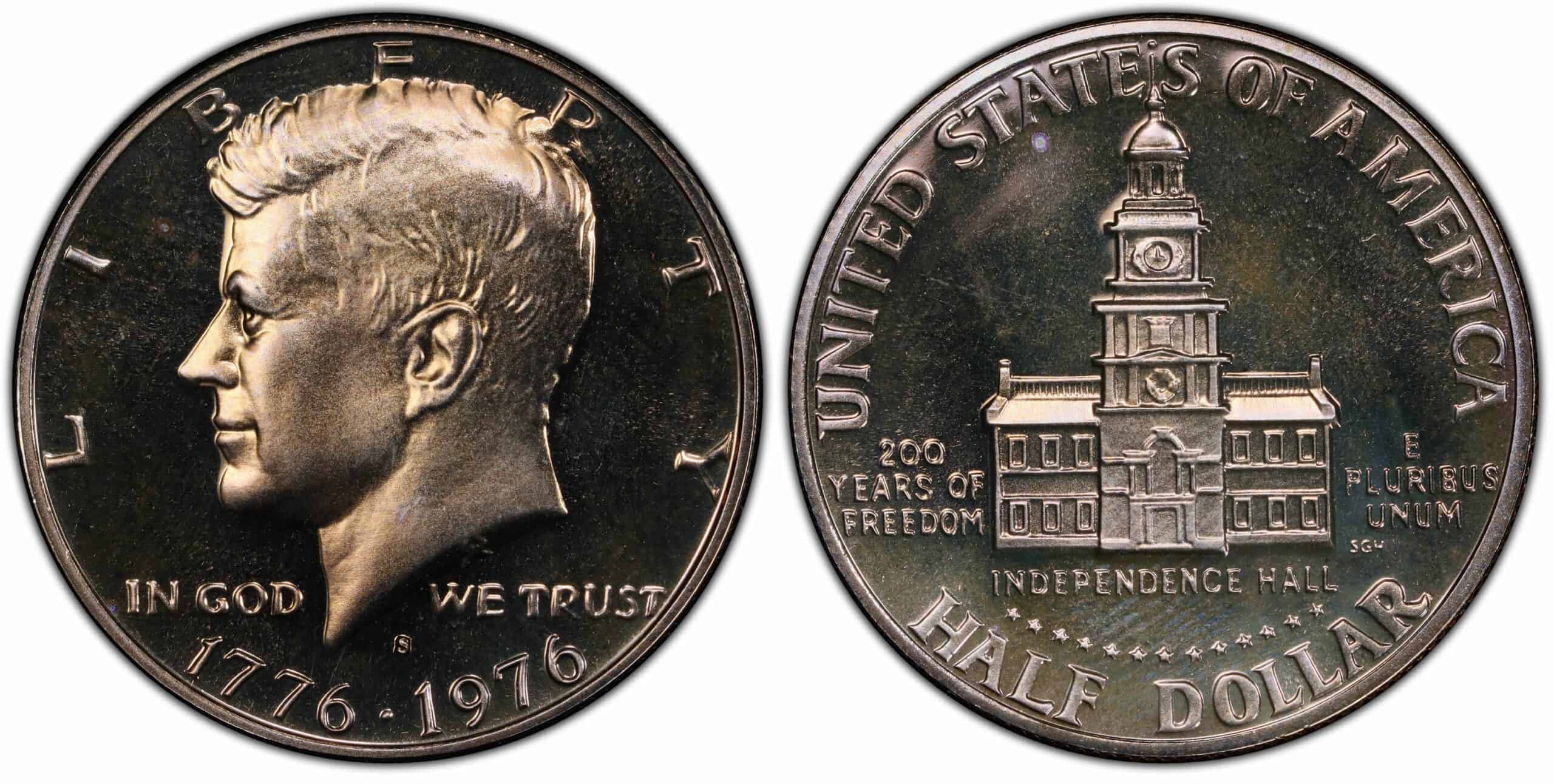
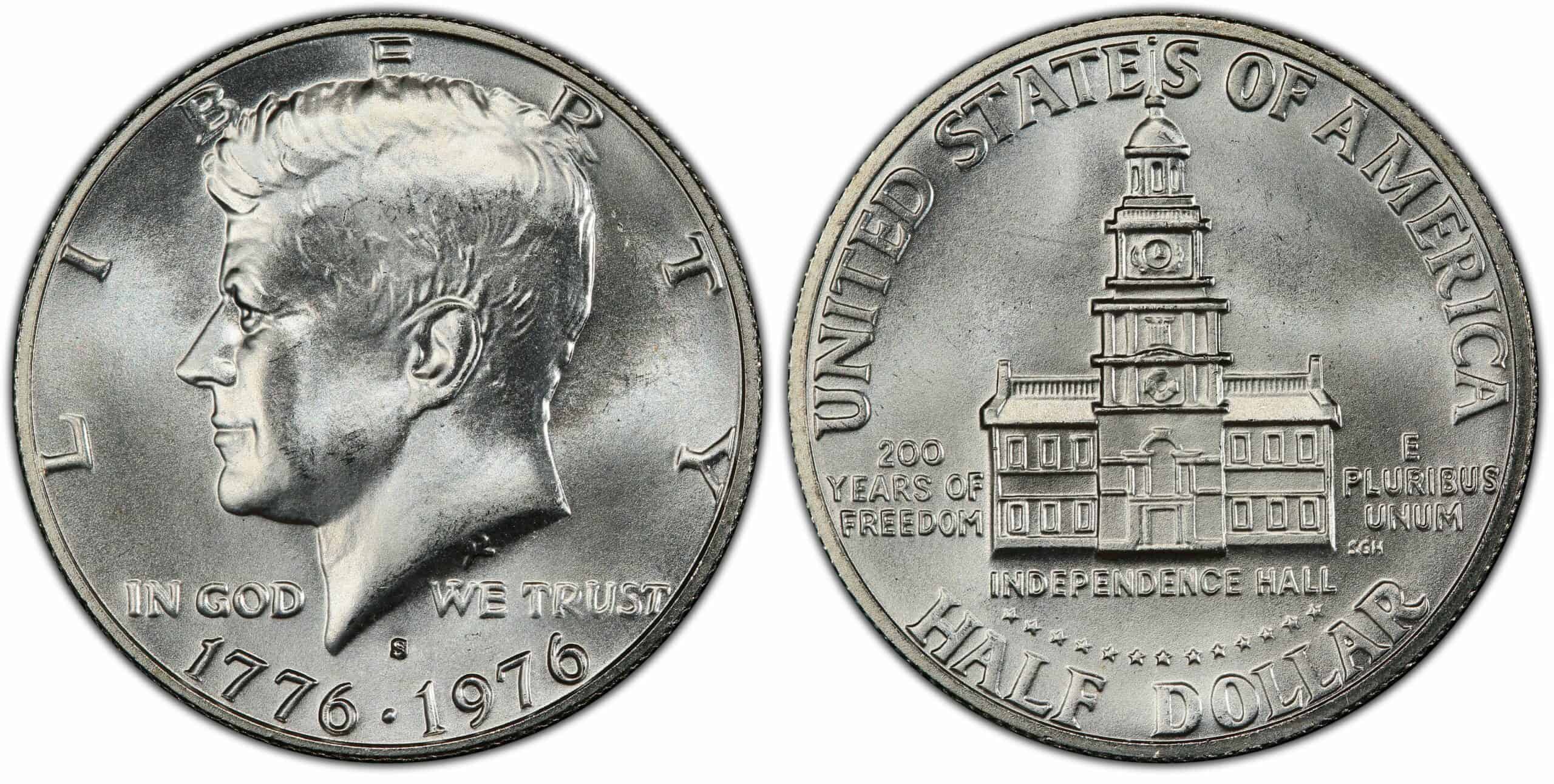
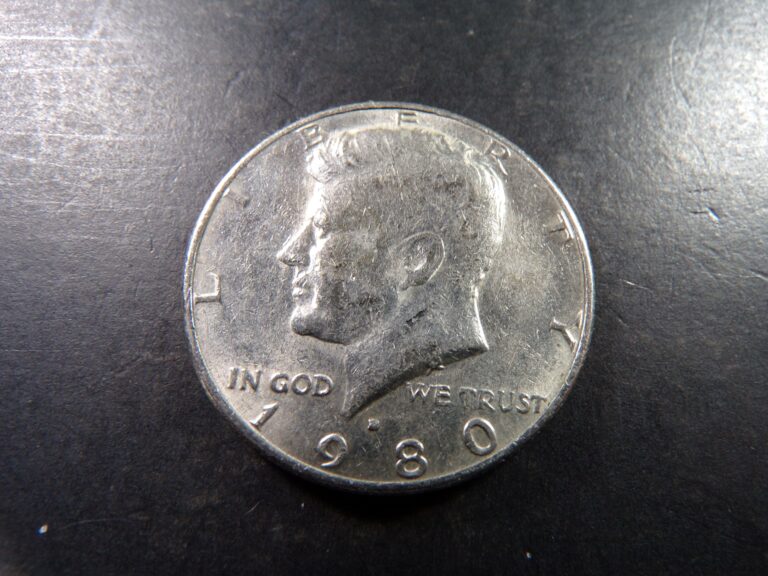
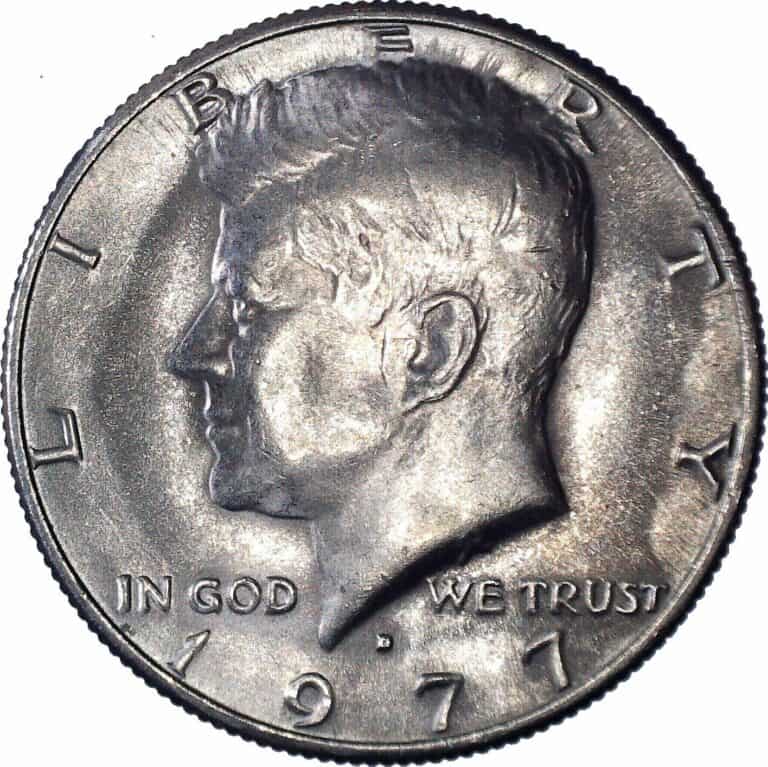
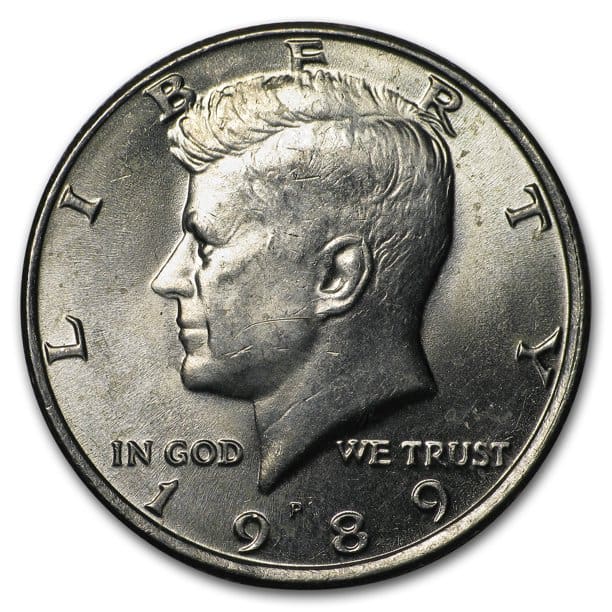
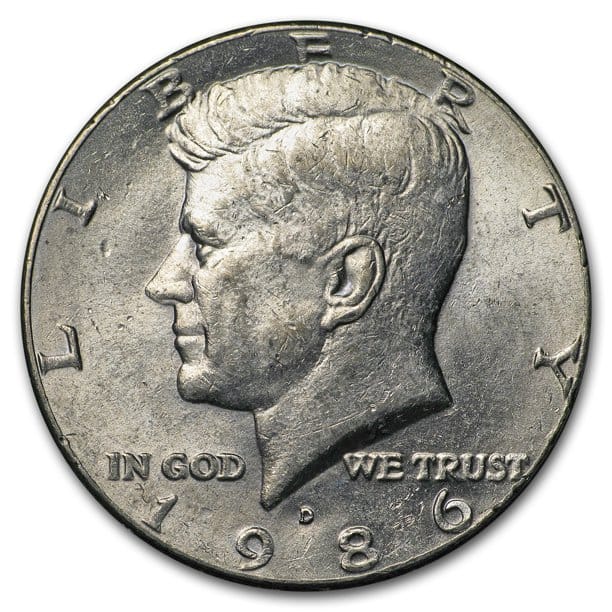
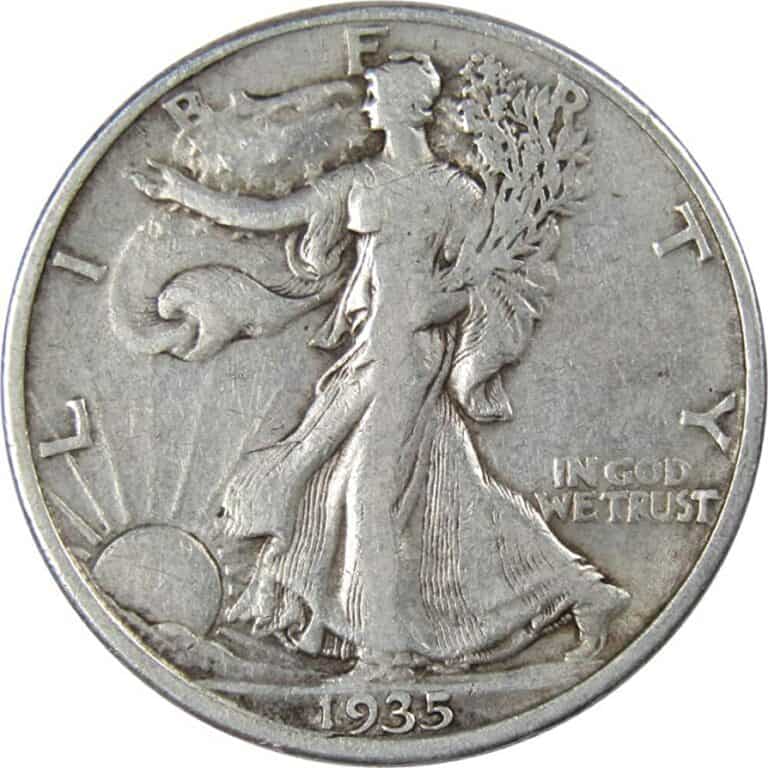
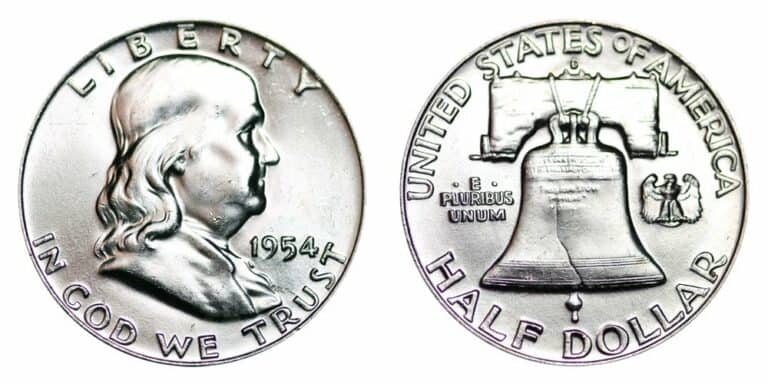
Jag har ett mynt,,halv dollar med Kennedy 1776-1976. In gud we trust, 200 years of freedom. Det konstiga med myntet är att framsidan är åt rätt håll, men vänder jag på myntet så är det upp och ner där. Ska det vara så? Vad är myntet värt?